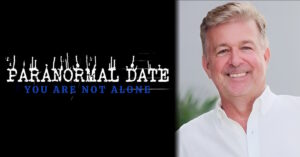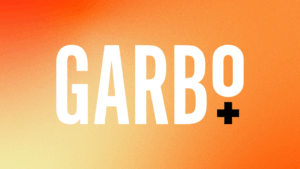
In this episode, GDI is joined by Jamie Wykes-Hobday, founder of fitness dating app, FITFCK.
Within this episode, Jamie and Luke discuss the rise of niche dating, specifically fitness, and the rise of the ever-popular FITFCK platform. They also discuss their new events, the return to physical dating with a digital element, and the biggest developments for the platform in 2022. They also discuss the wider industry, and what the impact of the COVID-19 pandemic has been.

The GDI Podcast is sponsored by RealMe. RealMe can provide users instant access to background information, helping more people make genuine connections online, and off.
To learn how they can integrate seamlessly into your app, log on to therealme.com/dating and request a demo today.
Listen to the episode here on SoundCloud, Spotifyand Apple Podcasts.







